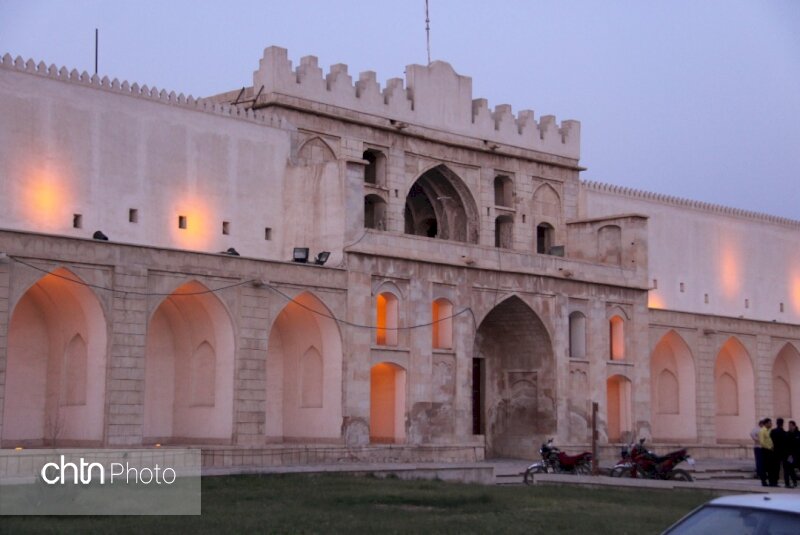Moshir caravanserai joins shortlist for collective world heritage

TEHRAN – The 19th-century Moshir caravanserai has joined a shortlist of traditional inns that Iran pursues its possible inscription as a UNESCO World Heritage.
The Qajar era (1789-1925) caravanserai in the city of Borazjan, southwestern Bushehr province has recently received cultural heritage experts’ preliminary approval to join the shortlist, the provincial tourism chief announced on Monday.
An all-inclusive dossier for Moshir Caravanserai has been prepared and it is expected to gain UNESCO status as the province’s first World Heritage site along with some other historical caravanserais, Mohammad Hossein Arastuzadeh said.
By encouraging more tourists to visit such historical sites, global registration could contribute to their preservation and protection as well as increase economic prosperity for the region, the official explained.
The historical inn was inscribed on the national heritage list in 1983.
With over 6,000 years of history and significant monuments from the Elamite, Achaemenid, Parthian, and Sassanid eras, Bushehr is one of Iran’s most important historical centers.
Besides its cultural heritage, beautiful beaches and lush palm groves make it an attractive destination for world travelers.
The historical and architectural monuments of Bushehr include Islamic buildings like mosques and praying centers, mansions, old towers, castles, as well as gardens.
When it comes to cultural attractions, there are many historical mounds in Bushehr including Tall-e Khandaq with Sassanid architectural style, Tall-e Marv located near an Achaemenid Palace, and Qajar era Malek al-Tojar Mansion. Qajar era Kazeruni Mansion, which has been inscribed on the World Heritage List, is another attraction that world travelers love to see among various ancient sites.
Iranian caravanserais being ready for collective UNESCO tag
An all-inclusive dossier of a select of Iranian caravanserais is being prepared to be evaluated during the next session of the World Heritage Committee, which will be held in 2022.
Last year, the tourism ministry announced that Iran is developing a dossier for a selection of its historical caravanseries for a possible inscription on the UNESCO World Heritage list. In this regard, cultural heritage experts are assessing such monuments that are scattered across the country to make a shortlist in terms of their architecture, historical and cultural values.
Caravansary is a compound word combining “caravan” with “sara”; the former stands for a group of travelers and the latter means the building. They often had massive portals supported by elevated load-bearing walls. Guest rooms were constructed around the courtyard and stables behind them with doors in the corners of the yard.
Iran’s earliest caravanserais were built during the Achaemenid era (550 -330 BC). Centuries later, when Shah Abbas I assumed power from 1588 – to 1629, he ordered the construction of network caravanserais across the country. For many travelers to Iran, staying in or even visiting a centuries-old caravanserai, can be a wide experience; they have an opportunity to feel the past, a time travel back into a forgotten age!
ABU/AFM
